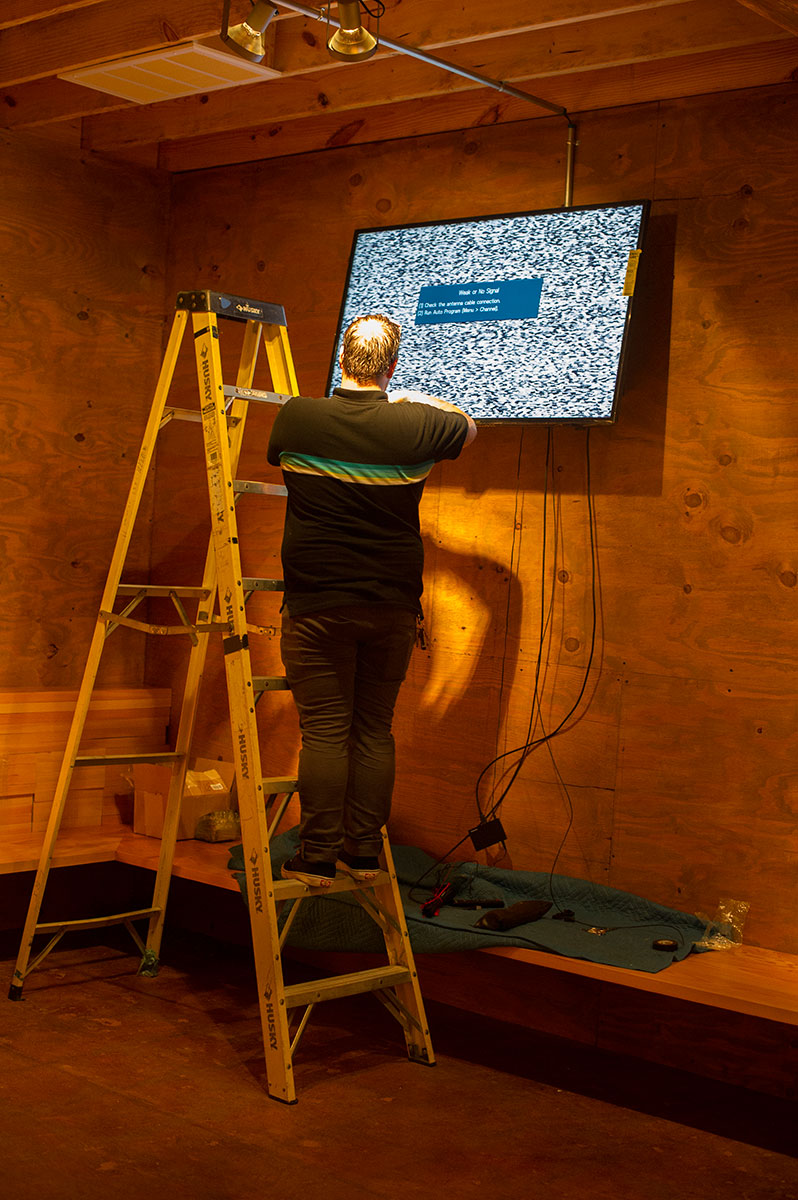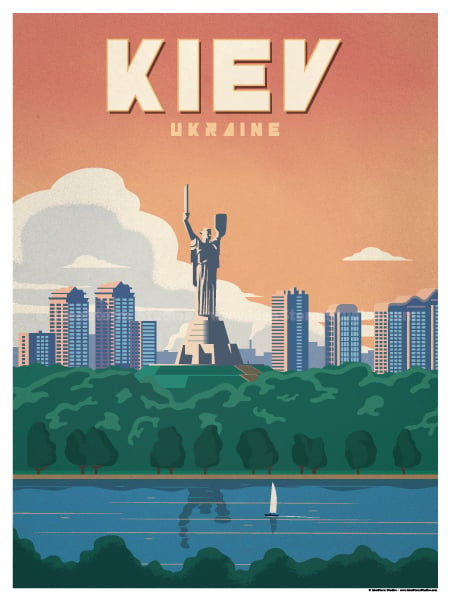

This was the case, for example, when an anchor completely severed one line of the Trans-Mediterranean Pipeline System and severely damaged a second in 2008. In some cases, one inserts the new, undamaged pipe segment above the water surface. This repair, known as a “tie-in,” can be done in several ways. If large explosive charges have indeed damaged the pipeline, as security officials reportedly suspect, then longer segments of pipeline will likely need to be replaced in sections. Most pipelines constructed today have a specially designed “repair strategy” in case of damage: at Nord Stream this strategy includes five different scenarios of varying severity, including a complete rupture of the pipeline, according to the operators. The extent of the destruction will determine how the pipeline must be repaired. So far, the indications-for example, the size of the gas leak-suggest that the massive pipes are very badly damaged or even completely severed. To do this, however, one needs to know quite precisely what forces the material was subjected to. It is true that computer analyses can be used to precisely calculate the condition of the pipeline.

Thus, according to the operator, the pipes were designed survive a blast of two tons of explosives located 12 meters from the pipeline without leaking.ĭespite these precautions, something has breached the Nord Stream pipeline, although it is difficult to estimate the extent of the current damage. But currents could also carry munitions near the route, Nord Stream’s risk assessment warns. Countless bombs from World War II lie in the Baltic Sea to this day, so experts cleared a strip 50 meters wide along the pipeline.

The pipelines are protected by their 2.7- to 4.1-centimeter-thick steel walls and a concrete jacket up to 11 centimeters thick, which also serves as additional weighting without the concrete, the pipeline would simply be too light and would float.Įven the possibility of an explosion near the pipelines was taken into account in the planning of Nord Stream. They are only laid under the ground where they run nearest to the shore. The structures lie directly on the seabed or, where it is not stable or level enough, on a bed of gravel. However, such measures would have been very expensive for Nord Stream’s more than 1,000 kilometers of pipelines. For example, they can be surrounded with large stones to repel anchors, covered with concrete mats or completely buried in the seabed. For this reason, the pipes are protected using different methods, depending on the circumstances and the risk. Likewise, erosion and landslides under water pose a potential hazard. Objects falling from boats, such as containers and even sinking ships themselves, can also hit the pipeline. The massive anchors of large container ships or tankers in particular can damage the pipes-as happened in 2008 with the Kvitebjørn pipeline in the North Sea off the Norwegian coast. Engineers will follow a set playbook to begin repairing the damaged sections of Nord Stream as soon as possible. That’s why pipelines have sophisticated protection measures and repair techniques plans for dealing with leaks and accidents are formulated as soon as the pipelines are built. Nord Stream’s pipes also lie under some of the world’s busiest shipping routes. Corrosion from salt water can cause leaks, and again and again, accidents occur as a result of commercial shipping. The circumstances at Nord Stream may be unusual, but subsea pipeline damage is almost an everyday occurrence. Last week, three different sites along the underwater Nord Stream 1 and 2 pipelines ruptured and began leaking gas.


 0 kommentar(er)
0 kommentar(er)
